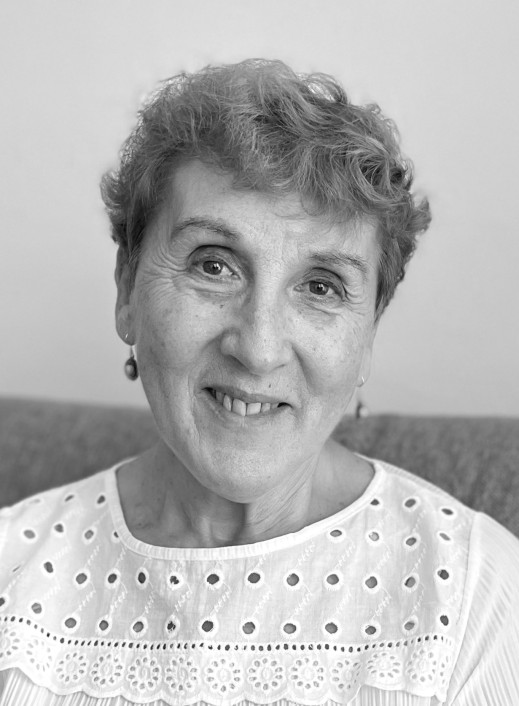The Golden Fractures
Original title: Las fracturas doradas
A novel about accepting the cracks and fissures that shape our lives.
The novel begins with the sudden death of the narrator’s younger brother, a fifty-year-old historian and archivist. His passing triggers the entire plot, from the narrator’s journey to arrange the funeral during lockdown to managing and distributing the deceased’s belongings. The loss leads her to recall their past and the last mo- ments spent with her brother, reflecting on the inevitable, imperfection, and death. Four of the five sections in the work focus on mourning, while the “inserted story” narrates the origins of kintsugi, the Japanese art of repairing broken ceramics with gold dust. This way, this auto- biographical story becomes a metaphor: life’s cracks and breaks gain beauty and value by being made visible, becoming golden fractures.
A novel about accepting the cracks and fissures that shape our lives.
The novel begins with the sudden death of the narrator’s younger brother, a fifty-year-old historian and archivist. His passing triggers the entire plot, from the narrator’s journey to arrange the funeral during lockdown to managing and distributing the deceased’s belongings. The loss leads her to recall their past and the last mo- ments spent with her brother, reflecting on the inevitable, imperfection, and death. Four of the five sections in the work focus on mourning, while the “inserted story” narrates the origins of kintsugi, the Japanese art of repairing broken ceramics with gold dust. This way, this auto- biographical story becomes a metaphor: life’s cracks and breaks gain beauty and value by being made visible, becoming golden fractures.
